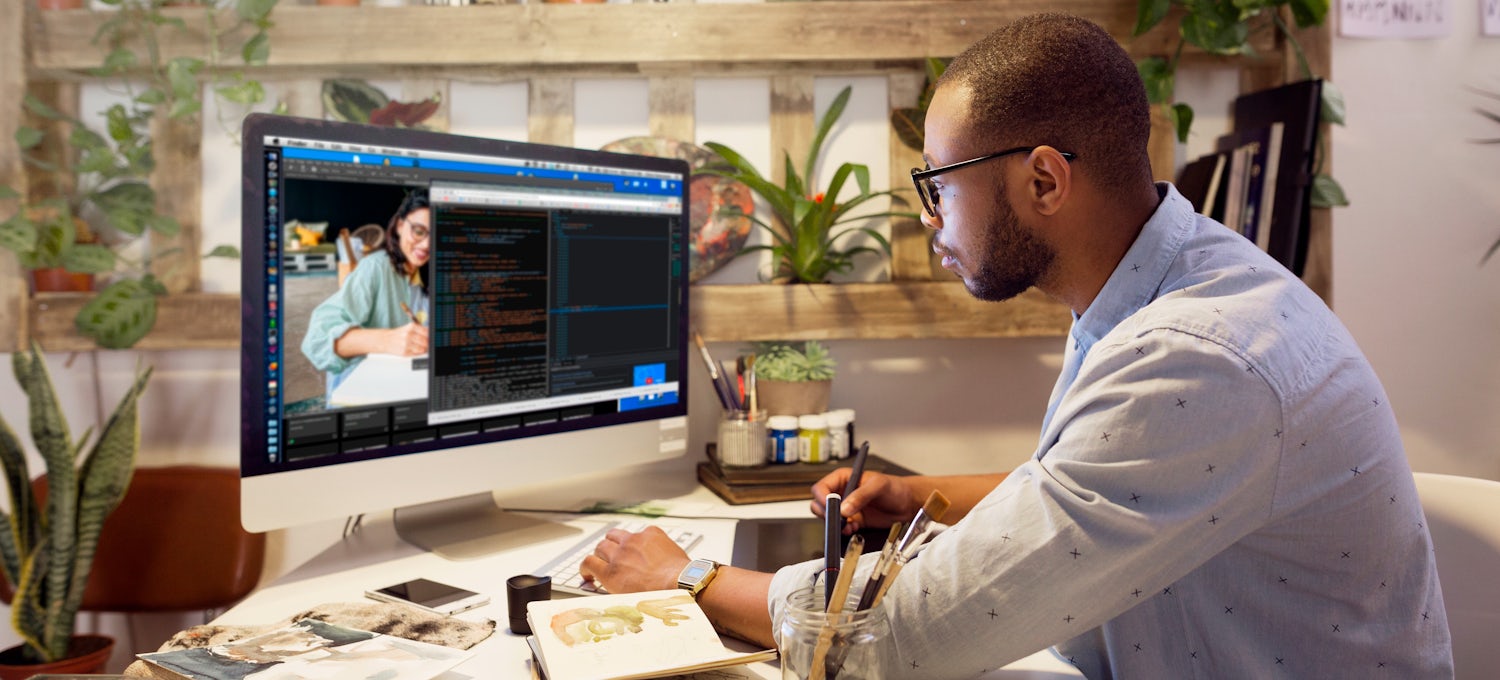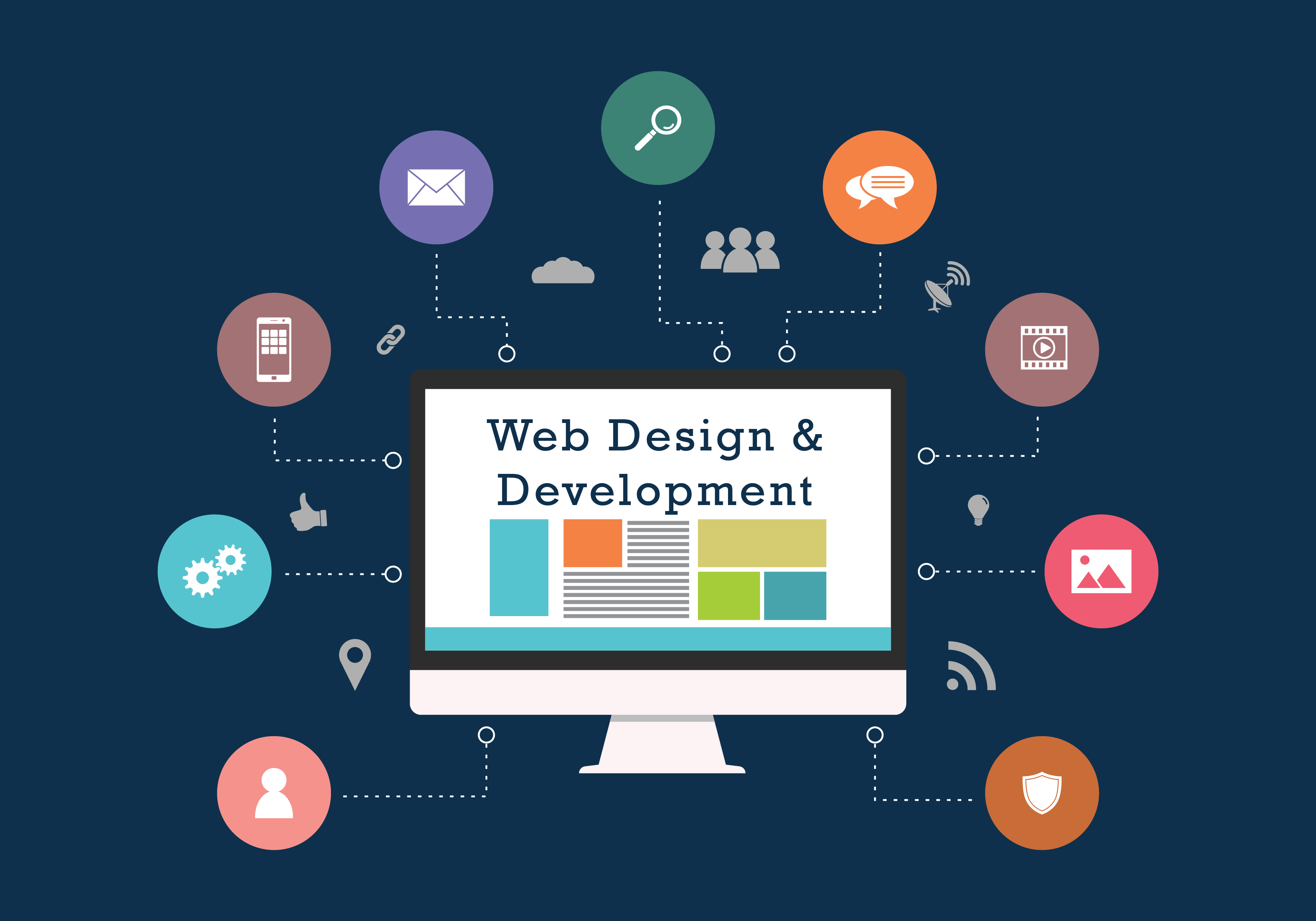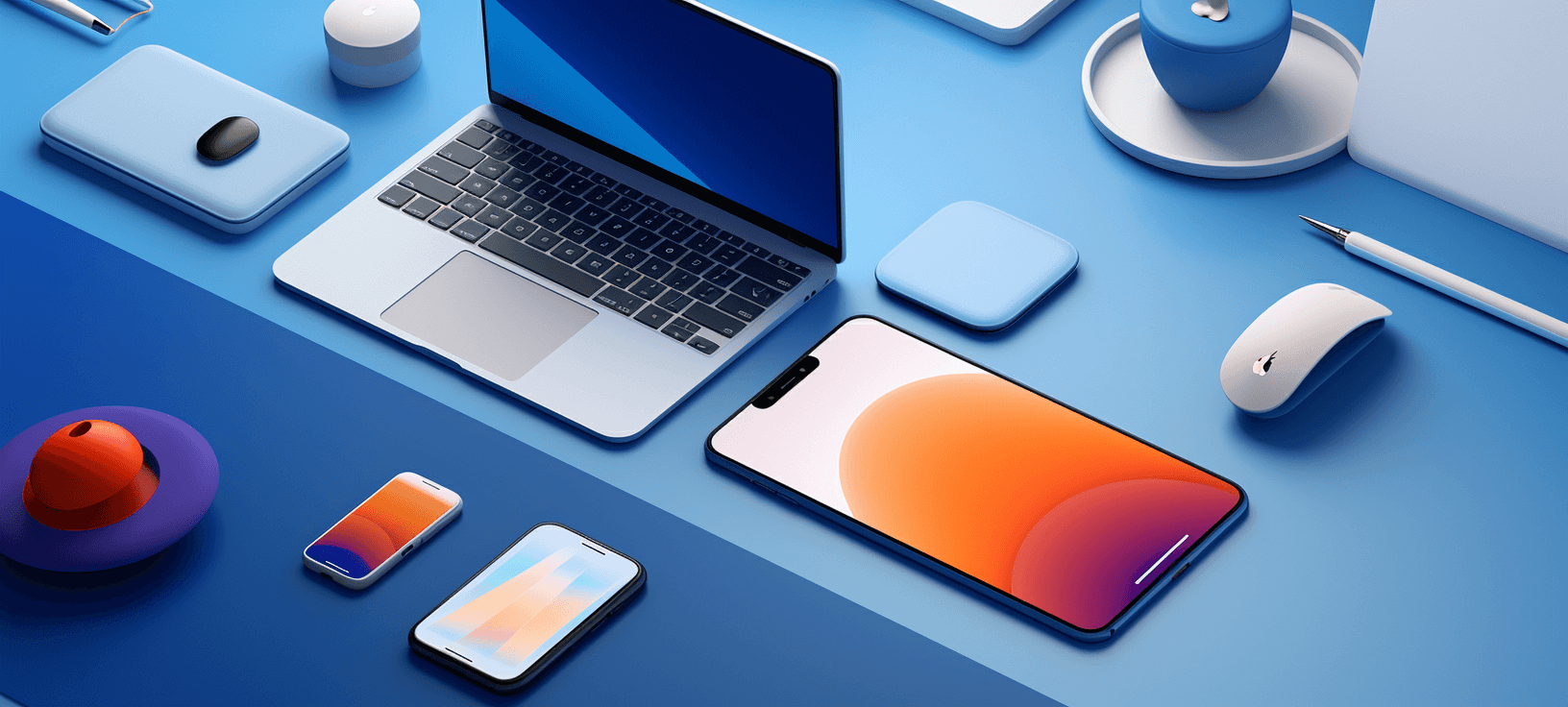Master the Art of Web Layout With These Specialist Advice
In today's electronic age, having a aesthetically attractive and well-designed web site is vital for any kind of business or individual looking to make a mark online. Nonetheless, understanding the art of website design calls for greater than simply an eye for appearances. It entails a deep understanding of individual experience, functionality, and the most up to date strategies and patterns. How can you boost your internet design skills to the next degree? In this conversation, we will certainly check out skilled suggestions and techniques that will not only improve the aesthetic charm of your site but also enhance its functionality and performance. From choosing the appropriate shade palette to including effective call-to-actions, these insights will help you create a website that not only captivates your target market but also drives results.
Selecting the Right Color Combination
When picking a shade combination for web design, it is crucial to consider elements such as brand name identification, target market, and general aesthetic goals. The colors used in a website can significantly influence just how customers communicate and perceive with the website. It is crucial to pick colors that align with the brand's identification and values. For instance, a technology business may select a modern-day and smooth color scheme, while a kids's brand might choose intense and lively colors.
In addition to brand name identity, the target audience must additionally be taken right into factor to consider when choosing a shade scheme. Understanding the choices and assumptions of the target audience can aid develop a interesting and visually appealing web site.
Last but not least, the general visual objectives of the web site should be taken into consideration when picking a shade palette. The color pattern ought to match the general style and design of the site, creating a cohesive and visually attractive experience for customers. Whether the objective is to produce a calming and peaceful setting or an energetic and dynamic ambience, the color palette need to be very carefully chosen to achieve the wanted aesthetic.

Developing User-Friendly Navigation
To enhance the individual experience, it is necessary to develop user-friendly and easy-to-navigate food selections for internet sites. Straightforward navigation is essential for leading site visitors via the various sections and pages of a site, permitting them to quickly find the content they are looking for. When designing the navigation food selection, simpleness is vital. Stay clear of littering the food selection with also many options, as this can overwhelm customers and make it hard for them to choose. Rather, emphasis on giving clear and succinct labels for every menu item, using acquainted terms that customers can conveniently recognize.

Along with clear tags and rational company, it is necessary to make the navigating food selection conveniently obtainable. Position it in a prominent location, such as at the top of the page or in a fixed position, to ensure that individuals can conveniently locate and access it from anywhere on the internet site. Consider utilizing a receptive layout technique to make certain that the navigation menu remains functional and obtainable on different gadgets, including smart phones and tablet computers.
Including Receptive Style Strategies
In order to maximize web site performance across numerous gadgets, integrating responsive layout techniques is essential. Receptive layout have a peek at this website is a website design approach that permits internet sites to respond and adjust to different display sizes and positionings. With the increasing use tablet computers and smartphones, it is essential for internet designers to produce web sites that offer an optimal watching experience for users on all tools.
One of the crucial techniques in receptive design is the usage of fluid grids. Rather of designing fixed-width designs, web developers develop versatile grids that readjust and resize based upon the screen dimension. This makes certain that the material on the internet site stays accessible and understandable, despite the device being utilized.
An additional important method is the usage of flexible pictures and media. By establishing the optimum width of video clips and images to 100%, they will immediately reduce to fit smaller screens. This stops photos from being cut off or misshaped on mobile tools.
Additionally, responsive layout involves utilizing media questions to apply various designs and layouts based on the gadget's display dimension. This allows web designers to develop a seamless experience by personalizing the discussion of material according to the gadget being used.
Optimizing Internet Site Speed and Efficiency
One crucial facet of internet style is enhancing site speed and efficiency. A slow-moving web site can lead to a bad individual experience, high bounce rates, and lower search engine positions.
Firstly, maximizing photos is necessary for enhancing site speed. Images should be appropriately pressed and resized to minimize their data dimension read more without sacrificing quality. This can be done making use of photo optimization devices or plugins.
One more essential factor to take into consideration is internet site caching. Caching entails keeping static versions of internet pages to make sure that they can be promptly obtained as opposed to producing them from scratch each time a user visits the website (wordpress website design Webwize). This significantly lowers filling times and enhances overall efficiency
Minifying CSS and JavaScript data is another efficient technique. Removing unnecessary whitespace, comments, and lowering code complexity can significantly improve web site speed.
Implementing Efficient Call-to-Actions
Developing compelling and influential call-to-actions is a critical aspect of reliable web style. A call-to-action (CTA) is a punctual or instruction that motivates users to take a certain activity on a website, such as purchasing, enrolling in a newsletter, or calling the company. Executing efficient CTAs can greatly boost customer interaction and conversion prices.
To develop compelling CTAs, it is essential to utilize clear and succinct language that conveys the worth proposition and advantages of taking the desired action. The CTA must be aesthetically famous on the page, making use of contrasting design and colors elements that attract the customer's focus. In addition, making use of activity verbs and developing a feeling of necessity can further enhance the effectiveness of the CTA.
Furthermore, it is essential to position the CTA strategically on the page. Placing it above the layer, where it is immediately visible to users without requiring to scroll, can dramatically raise its presence and click-through prices. It is likewise advantageous to evaluate different variants of CTAs to establish which ones reverberate finest with individuals and drive the greatest conversion rates.
Conclusion
Finally, understanding the art of internet design requires focus to different elements such as shade scheme choice, user-friendly navigating, receptive design techniques, internet site rate optimization, and reliable call-to-actions. By carrying out these professional suggestions and techniques, web developers can develop practical and aesthetically attractive websites that enhance user experience and drive preferred activities.
The shades made use of in a website can significantly influence how customers communicate and regard with the find more information website.In order to enhance web site functionality across numerous gadgets, incorporating receptive layout strategies is necessary. Receptive layout is a web layout technique that allows web sites to react and adjust to different display dimensions and alignments. With the enhancing use of tablet computers and mobile phones, it is essential for internet developers to create web sites that provide an ideal watching experience for users on all gadgets.
